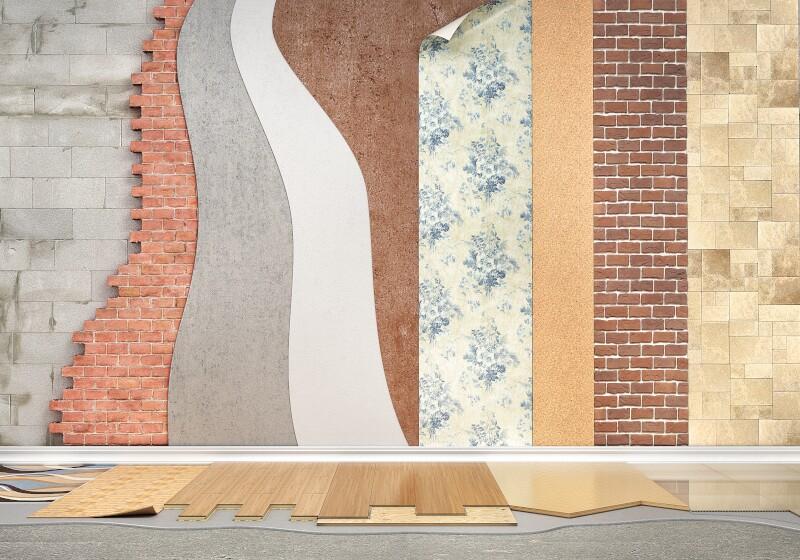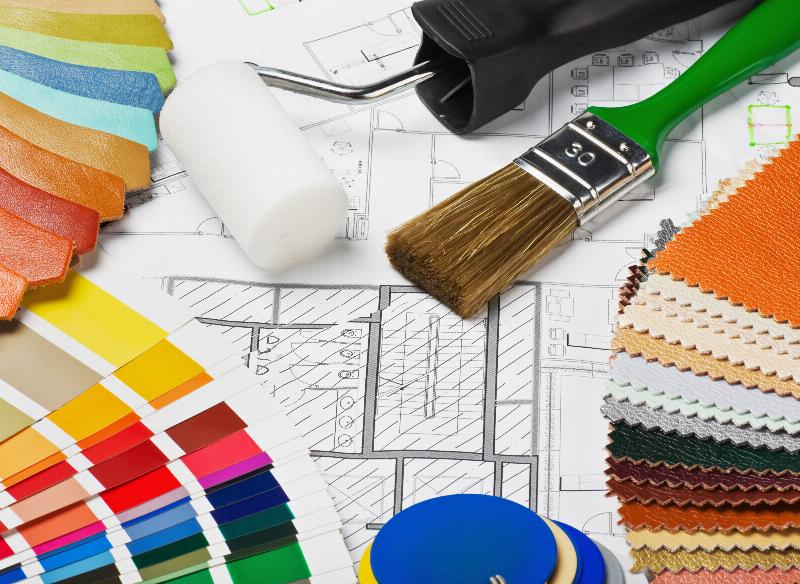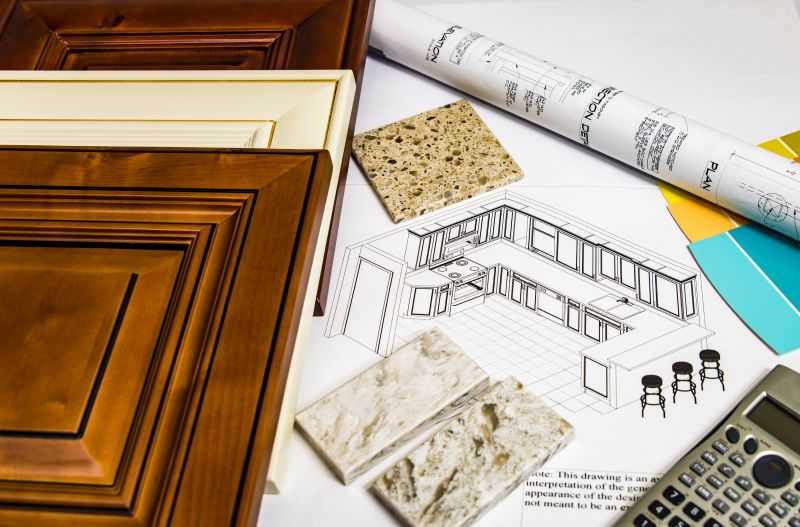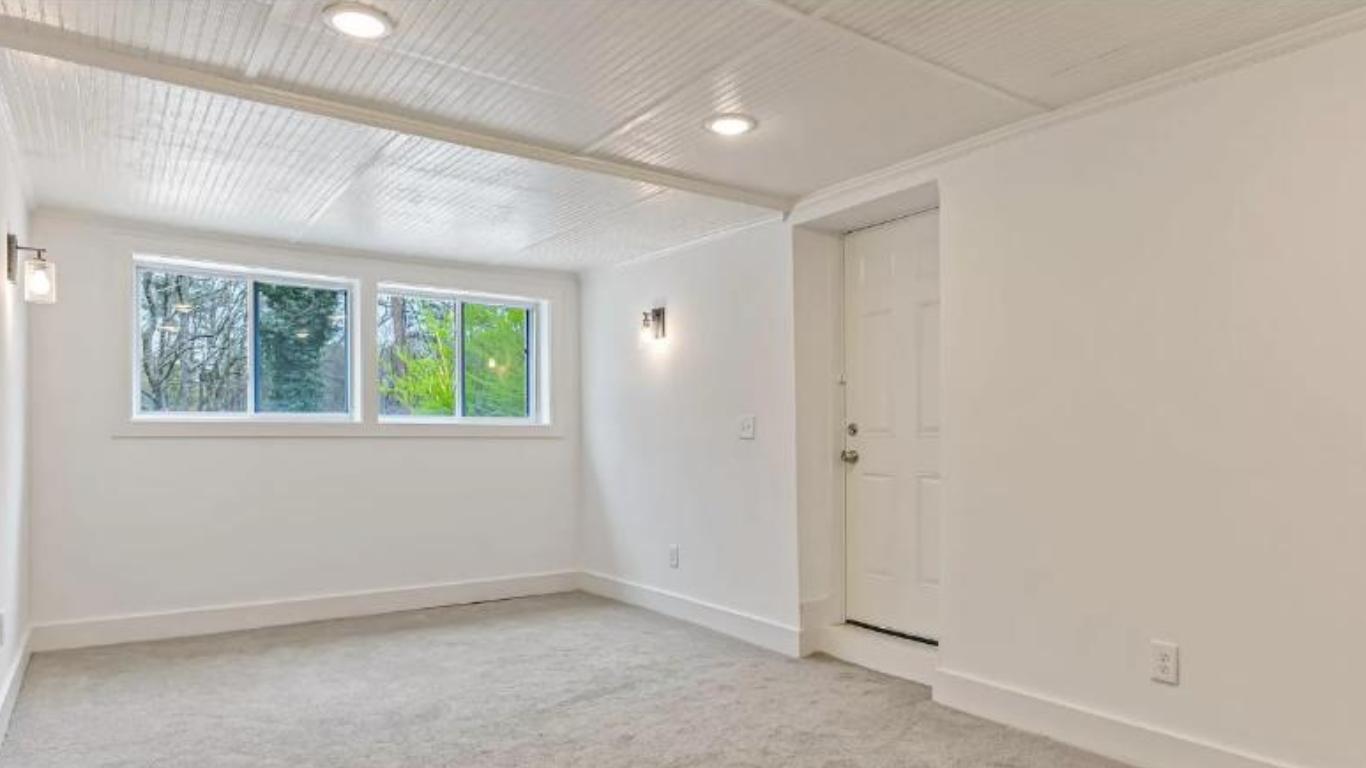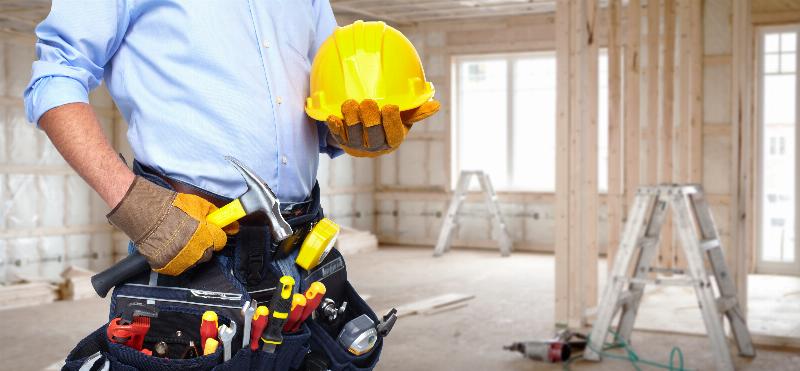Choosing the Best Remodeling Materials: Guide for Your Home in Houston
When it comes to remodeling your home, selecting the right materials is paramount to the success of your project. The materials you choose can significantly impact the overall quality, durability, and aesthetics of your remodel. This article aims to guide you through the process of choosing the best remodeling materials, ensuring that you make informed decisions that align with your goals and preferences.
Remodeling Considerations in Houston:
If you’re planning a remodeling project in Houston, there are a few specific considerations to keep in mind. Houston’s climate, architectural styles, and local building codes can influence the choice of remodeling materials. Here are some key factors to consider when remodeling in Houston:
- Humidity and Moisture: Houston experiences high humidity levels throughout the year, which can impact certain materials. When choosing materials for areas prone to moisture, such as bathrooms and kitchens, opt for moisture-resistant options like tile or vinyl flooring, moisture-resistant drywall, and mold-resistant paint.
- Hurricane-Prone Area: Houston is located in a region prone to hurricanes and severe weather. When selecting materials for exterior elements like roofing, windows, and doors, consider their ability to withstand strong winds and impact resistance. Metal roofing, impact-resistant windows, and reinforced doors are popular choices for homeowners in hurricane-prone areas.
- Energy Efficiency: Houston’s hot and humid climate necessitates a focus on energy efficiency. Choosing energy-efficient materials can help reduce cooling costs and enhance indoor comfort. Consider options like insulated windows, reflective roofing materials, and energy-efficient appliances for optimal energy savings.
- Architectural Style: Houston boasts a diverse range of architectural styles, including traditional, ranch, contemporary, and Mediterranean. When remodeling, take into account the architectural character of your home and choose materials that complement its style. For instance, if you have a traditional-style home, wood or fiber cement siding might be a suitable choice, while sleek and modern materials like aluminum or stucco could work well for contemporary-style homes.
- Building Codes and Permits: Before embarking on a remodeling project in Houston, familiarize yourself with local building codes and permit requirements. Certain projects may require permits or inspections to ensure compliance with safety and structural standards. Consulting with a professional contractor or contacting the local building department can help you navigate the necessary permits and regulations.
By considering these factors specific to Houston, you can make informed decisions when selecting remodeling materials and ensure that your project is well-suited to the local environment and regulations.
Importance of Choosing the Right Remodeling Materials
The significance of choosing the right materials cannot be overstated. Optimal materials not only enhance the visual appeal of your home but also contribute to its longevity and functionality. By investing in high-quality materials, you’re setting the stage for a successful remodeling project that will stand the test of time.
How the Right Materials Can Enhance the Overall Quality and Durability of Your Remodel
Selecting superior materials goes hand in hand with achieving a high-quality and durable remodel. Whether you’re renovating your kitchen, bathroom, or any other part of your home, the right materials can make all the difference. From flooring to roofing, each element contributes to the overall strength and longevity of your remodel.
- Setting the Tone for a Successful Remodeling Project
Choosing the best materials also sets the tone for your entire remodeling project. When you start with a solid foundation of materials that align with your vision and requirements, you create a strong framework for success. Every step of the project, from planning to installation and maintenance, becomes easier and more fulfilling when you have the right materials in place.
- Assessing Your Remodeling Needs
Before diving into the world of remodeling materials, it’s essential to assess your specific needs. Start by evaluating the purpose and goals of your remodel. Are you looking to create a more functional kitchen space or transform your bathroom into a serene oasis? By defining your objectives, you can better tailor your material choices to meet those goals.
Next, identify the specific areas or rooms that require remodeling. Each space may have unique requirements in terms of durability, style, and functionality. Additionally, take into account any structural considerations or limitations that may impact the choice of materials. Understanding these factors will guide you in making appropriate selections.
- Considering Aesthetics and Style
Aesthetics and style play a crucial role in the overall look and feel of your remodeled space. Defining your personal style and design preferences is a vital step in selecting the right materials. Explore different design inspirations and research current trends and popular remodeling styles. This will help you find materials that align with your desired aesthetic and create a cohesive atmosphere throughout your home.
When considering aesthetics, also think about how the chosen materials will complement your existing décor or desired theme. Harmonizing colors, textures, and finishes can create a visually stunning and harmonious space that reflects your unique style.
- Understanding Durability and Maintenance
Durability and maintenance are essential factors to consider when choosing remodeling materials. Different areas of your home have varying durability requirements, depending on the level of foot traffic, moisture exposure, and other environmental factors. Assess the expected wear and tear in each space and select materials that can withstand these demands.
Equally important is evaluating the level of maintenance you’re willing to commit to. Some materials require more regular upkeep and care than others. Consider your lifestyle and available time for maintenance tasks when making material choices. Opting for low-maintenance materials can save you valuable time and effort in the long run.
- Evaluating Budgetary Constraints
Setting a realistic budget is fundamental to any remodeling project. Determine the amount you’re willing to invest and allocate funds accordingly. Understanding the cost variations of different materials is essential in creating a balanced budget.
While it’s important to prioritize quality, you can still identify cost-effective alternatives without compromising on the overall quality of your remodel. Research materials that offer a good balance between affordability and durability. Keep in mind that investing in higher-quality materials upfront can save you from costly repairs or replacements down the line.
- Exploring Material Options for Flooring
Flooring is one of the most impactful aspects of your home’s interior. It not only serves as a functional foundation but also contributes to the overall style and ambiance. When choosing flooring materials, consider factors such as durability, style, and comfort.
Different types of flooring materials, such as hardwood, laminate, tile, carpet, and vinyl, each have their own pros and cons. Hardwood offers timeless elegance but requires more maintenance, while laminate provides a cost-effective alternative with excellent durability. Tile is known for its water resistance, making it ideal for bathrooms and kitchens. Carpet adds warmth and comfort to living areas, but may not be suitable for high-traffic spaces. Vinyl offers versatility and easy maintenance, making it a popular choice for many homeowners. Assess your needs and preferences to select the flooring material that best suits your lifestyle and design aesthetic.
Table 1: Flooring
| Materials | Pros | Cons |
| Hardwood | – Timeless elegance– Durable – Can be refinished | – More expensive– Requires regular maintenance |
| Laminate | – Cost-effective – Wide range of designs– Easy to install | – Not as durable as hardwood– Can’t be refinished |
| Tile | – Water-resistant– Wide variety of styles– Durable | – Cold to the touch – Grout maintenance |
| Carpet | – Soft and comfortable – Insulating– Variety of colors and textures | – Susceptible to stains and wear– Allergen trap |
| Vinyl | – Affordable– Versatile – Low maintenance | – Can be less visually appealing– Susceptible to scratches |
- Selecting the Right Wall Coverings
Wall coverings significantly impact the visual impact of your space. When considering wall coverings, evaluate factors like ease of installation, maintenance, and overall visual impact. Options such as paint, wallpaper, and paneling offer different levels of customization and style.
Paint is a versatile and cost-effective option that allows you to achieve various finishes and colors. Wallpaper provides an opportunity to add patterns, textures, and unique designs to your walls. Paneling offers a classic and elegant look that can enhance the architectural features of your home. By exploring different textures, colors, and finishes, you can create the desired ambiance in each room.
Table 2: Walls
| Materials | Pros | Cons |
| Paint | – Wide range of colors – Easy to apply – Affordable | – Requires regular touch-ups – May need multiple coats |
| Wallpaper | – Variety of patterns and textures – Can add depth and visual interest | – Difficult to remove – Can show wear and tear over time |
| Paneling | – Classic and elegant look – Can enhance architectural features | – Limited design options – Installation can be challenging |
- Choosing the Best Cabinetry and Countertops
Cabinetry and countertops are essential elements in kitchens and bathrooms, combining functionality with aesthetics. When assessing these materials, consider factors such as durability, aesthetics, and functionality.
Materials commonly used for cabinets include wood, laminate, granite, quartz, and marble. Wood offers a timeless and warm feel, while laminate provides a budget-friendly alternative with various design options. Granite, quartz, and marble are popular choices for countertops due to their durability and natural beauty. Balance these factors to find the materials that best suit your needs and preferences.
Table 3: Cabinetry
| Materials | Pros | Cons |
| Wood | – Timeless and warm look – Can be refinished – Durable | – Expensive – Requires regular maintenance |
| Laminate | – Affordable – Wide range of designs – Easy to clean | – Not as durable as wood – Can’t be refinished |
| Granite | – Natural beauty – Durable – Heat-resistant | – Expensive – Requires regular sealing |
| Quartz | – Low maintenance – Non-porous surface – Wide range of colors | – Expensive – Can be less heat-resistant than granite |
| Marble | – Classic and luxurious look – Unique patterns – Heat-resistant | – Expensive – Requires regular sealing – Prone to staining |
Table 4: Countertops
| Materials | Pros | Cons |
| Laminate | – Affordable – Wide range of designs – Easy to clean | – Not as heat-resistant as other materials – Can be easily scratched |
| Concrete | – Customizable – Durable – Heat-resistant | – Requires sealing – Can crack over time |
| Stainless Steel | – Sleek and modern look – Hygienic – Heat-resistant | – Can scratch and show fingerprints – Requires regular cleaning |
| Black Stainless Steel | – Trendy and modern look – Resistant to smudges and fingerprints – Heat-resistant | – Limited availability – Can be more expensive |
- Picking the Perfect Roofing Materials
Roofing materials are critical for protecting your home and ensuring energy efficiency. When choosing roofing materials, consider factors such as durability, cost, and climate suitability.
Options like asphalt shingles, metal roofing, clay tiles, and slate each have their own advantages. Asphalt shingles are widely used due to their affordability and durability. Metal roofing offers excellent longevity and energy efficiency. Clay tiles provide a classic and elegant look, while slate offers unmatched durability and natural beauty. Evaluate your climate conditions and long-term goals to select the roofing material that best fits your needs.
Table 5: Roofing
| Materials | Pros | Cons |
| Asphalt Shingles | – Affordable – Wide range of styles – Easy installation | – Shorter lifespan compared to other materials – Susceptible to weather damage |
| Metal Roofing | – Long lifespan – Durable – Energy-efficient | – Higher initial cost – Can be noisy during rain or hail |
| Clay Tiles | – Classic and elegant look – Fire-resistant – Long lifespan | – Expensive – Requires reinforced roof structure – Heavy |
| Slate | – Natural beauty – Extremely durable – Long lifespan | – Very expensive – Requires reinforced roof structure – Heavy |
- Examining Window and Door Materials
Windows and doors serve as essential features in your home, impacting aesthetics, functionality, and security. Explore different materials, such as wood, vinyl, aluminum, and fiberglass, when selecting windows and doors.
Assess insulation properties, energy efficiency, and maintenance requirements associated with each material. Wood provides a classic and warm look but requires more maintenance. Vinyl is a popular choice due to its durability and low maintenance needs. Aluminum offers strength and versatility, while fiberglass combines durability with energy efficiency. Consider these factors to find the materials that offer the right balance of aesthetics, functionality, and security for your home.
Table 6: Windows and Doors
| Materials | Pros | Cons |
| Wood | – Classic and traditional look – Good insulation properties | – Requires regular maintenance – Susceptible to rot and pests |
| Vinyl | – Affordable – Low maintenance – Energy-efficient | – Limited color options – Less durable than wood or aluminum |
| Aluminum | – Sleek and modern look – Durable – Low maintenance | – Less energy-efficient – Can corrode over time |
| Fiberglass | – Energy-efficient – Low maintenance – Good insulation properties | – Higher initial cost – Limited design options |
- Evaluating Exterior Siding Options
Exterior siding not only contributes to the curb appeal of your home but also provides insulation and weather resistance. When comparing various siding materials, such as vinyl, fiber cement, wood, and brick, consider factors such as maintenance requirements, durability, and insulation properties.
Vinyl siding is a cost-effective and low-maintenance option that comes in various colors and styles. Fiber cement siding offers durability and resistance to rot, fire, and pests. Wood siding provides a natural and timeless look but requires regular maintenance. Brick siding offers exceptional durability and insulation properties. Assess the long-term durability and maintenance needs of each material to make the best choice for your home.
Table 7: Exterior Siding
| Materials | Pros | Cons |
| Vinyl | – Affordable – Low maintenance – Wide range of colors | – Can crack or warp over time – Less durable than other materials |
| Fiber Cement | – Durable – Resistant to rot and pests – Fire-resistant | – Higher initial cost – Requires professional installation |
| Wood | – Natural and warm look – Can be stained or painted – Easy to repair | – Requires regular maintenance – Susceptible to rot and pests |
| Brick | – Classic and timeless look – Fire-resistant – Low maintenance | – Higher initial cost – Requires professional installation |
- Factoring in Environmental Considerations
In an era of increasing environmental consciousness, considering eco-friendly and sustainable remodeling materials is crucial. Explore materials that contribute to energy efficiency and reduce environmental impact.
Research products with certifications and labels for environmentally conscious practices, such as ENERGY STAR or LEED certifications. Choose materials that utilize recycled content or renewable resources. Look for options that minimize waste during production and can be recycled at the end of their lifespan. By selecting eco-friendly materials, you can contribute to a greener future while enjoying the benefits of a sustainable home.
- Seeking Professional Advice and Recommendations
While researching and exploring material options, don’t hesitate to seek professional advice. Consulting with architects, contractors, or remodeling experts can provide invaluable insights and recommendations based on your specific needs and budget.
These professionals have extensive experience working with different materials and can guide you toward the best choices for your project. Utilize their expertise to ensure that your material selections align with your goals and result in a successful remodel.
- Gathering Samples and Visualizing the End Result
To make informed decisions, obtain material samples from suppliers or showrooms. Physically experiencing the texture, color, and finish of different materials can help you envision how they will look in your space.
Visualize how different materials will interact and complement each other. Create mock-ups or use design software to simulate the end result. This will allow you to see how your chosen materials come together and make any necessary adjustments before finalizing your selections.
- Checking for Warranties and Product Reviews
Before making final decisions, research warranties provided by manufacturers or suppliers. A comprehensive warranty ensures that you’re protected against defects or premature wear and tear.
Additionally, read product reviews and testimonials from other homeowners. Hearing about the experiences and feedback of others who have used the materials you’re considering can provide valuable insights. Consider both positive and negative reviews to have a well-rounded understanding of the product’s performance and durability.
- Planning for Installation and Maintenance
Finally, consider the installation process and ongoing maintenance requirements for your chosen materials. Understand the specific installation techniques and tools required for each material. Plan for the necessary resources, such as skilled contractors or DIY tools, to ensure proper installation.
Additionally, evaluate the long-term maintenance needs of your selected materials. Understand the cleaning, repair, and upkeep necessary to keep your remodel looking its best. Proper planning for installation and maintenance will contribute to the longevity and success of your remodeling project.
Some examples of reliable sources for information on remodeling materials include:
- Manufacturer websites: Many manufacturers provide detailed information about their products, including specifications, installation guides, and warranty information. Examples include flooring manufacturers like Mohawk or Armstrong, or cabinet manufacturers like KraftMaid or Merillat.
- Industry associations: Associations like the the National Association of Home Builders (NAHB), and the American Society of Interior Designers (ASID) offer valuable insights and resources related to remodeling materials and trends.
- Expert opinions: Including insights from remodeling experts or professionals in the field can provide valuable perspectives. This can be done by referencing interviews, articles, or blog posts from reputable remodeling professionals or interior designers.
Choosing the right materials for your remodeling project is a crucial decision that can greatly impact the overall outcome and longevity of your renovation. Smart Remodeling LLC understands the importance of selecting materials that not only align with your design vision but also meet your functional needs. We offer valuable assistance and guidance throughout the material selection process to help homeowners make informed choices.
Here’s how Smart Remodeling LLC in Houston can help you in selecting the right materials:
- Expert Consultation: Smart Remodeling LLC provides expert consultation to homeowners, taking into account their preferences, budget, and project requirements. Our team of experienced professionals will discuss your vision and goals, offering insights and recommendations based on their industry knowledge and expertise. We can guide you through the various material options available, highlighting the pros and cons of each and helping you make an informed decision.
- Material Samples and Showrooms: Smart Remodeling LLC understands that seeing and feeling the materials firsthand can greatly assist in the decision-making process. We can provide material samples for you to evaluate and compare, allowing you to assess the color, texture, and quality of different options. Additionally, We have partnerships with suppliers where you can explore a wide range of materials and get a better sense of how they look in person.
- Budget Considerations: Selecting materials that fit within your budget is essential. Smart Remodeling LLC can help you navigate the various price points and material options available, ensuring that you make choices that align with your financial parameters. We can recommend cost-effective alternatives or suggest ways to optimize your budget while still achieving your desired aesthetic and functionality.
- Compatibility and Durability: Smart Remodeling LLC considers the practical aspects of material selection, ensuring that the chosen materials are compatible with the specific remodeling area and intended use. We take into account factors such as moisture resistance, durability, maintenance requirements, and lifespan, helping you select materials that will withstand the demands of your living space.
- Access to Industry Connections: With years of experience in the remodeling industry, Smart Remodeling LLC has established strong connections with reputable suppliers, manufacturers, and industry professionals. We can leverage these relationships to provide you with access to a wide range of high-quality materials and the latest design trends. We stay updated with the latest advancements in the industry and can offer insights into innovative materials and products that may enhance your remodeling project.
Here’s an example of tables showcasing different materials commonly used in remodeling projects:
Table 8: Bathroom Fixtures
| Materials | Pros | Cons |
| Ceramic | – Wide range of styles – Durable – Easy to clean | – Cold to the touch – Grout maintenance |
| Porcelain | – Durable – Scratch-resistant – Easy to clean | – More expensive than ceramic – Heavy and difficult to install |
| Acrylic | – Lightweight – Affordable – Resistant to chips and cracks | – Less durable than other materials – Can discolor over time |
| Fiberglass | – Lightweight – Affordable – Easy to clean | – Less durable than other materials – Can yellow over time |
Table 9: Kitchen Appliances
| Materials | Pros | Cons |
| Stainless Steel | – Sleek and modern look – Resistant to stains and rust – Easy to clean | – Can show fingerprints and smudges – More expensive than other options |
| Black Stainless Steel | – Trendy and modern look – Resistant to smudges and fingerprints – Easy to clean | – Limited availability – Can be more expensive |
| White | – Classic and versatile – Affordable – Wide availability | – Prone to stains and discoloration – Requires regular cleaning |
| Black | – Contemporary and stylish look – Hides fingerprints and smudges – Easy to clean | – Can show dust and scratches more easily – Limited availability |
Table 10: Lighting Fixtures
| Materials | Pros | Cons |
| Chandeliers | – Elegance and visual impact – Wide range of styles | – May require professional installation – Higher cost compared to other fixtures |
| Pendant Lights | – Versatile and customizable – Modern and trendy look | – Limited direct light output – Can require specific wiring |
| Recessed Lights | – Clean and minimalist look – Versatile lighting options – Can be dimmable | – Requires professional installation – Limited adjustability |
| Track Lights | – Flexible lighting options – Can highlight specific areas | – Can be visually intrusive – Requires specific track installation |
In conclusion, choosing the best remodeling materials requires careful consideration and evaluation. By assessing your needs, considering aesthetics and style, understanding durability and maintenance, evaluating budgetary constraints, and factoring in environmental considerations, you can make informed decisions that align with your goals. Seek professional advice, gather samples, and check for warranties and product reviews to ensure the best results. By planning for installation and maintenance, you set yourself up for a successful remodel that enhances the overall quality and durability of your home.



